The World Trade Organization (WTO) and the European Union (EU) share a complex and deeply interconnected relationship. As key players in global trade governance, both the WTO and the EU aim to promote free trade, fair competition, and the harmonization of trade rules across the world. While the WTO serves as the global forum for trade negotiations and the establishment of trade rules, the EU is one of the most significant regional trade entities in the world, representing the interests of its member states in global trade discussions.
1. The WTO: An Overview
The WTO, established in 1995, succeeded the General Agreement on Tariffs and Trade (GATT) and functions as the global organization overseeing international trade rules. It aims to facilitate the smooth functioning of global trade by providing a platform for negotiating trade agreements, resolving disputes, and ensuring compliance with established rules.
- Core Functions: The WTO’s primary functions include trade negotiations, the settlement of trade disputes, and the monitoring of trade policies among member states. It enforces international trade agreements and ensures that trade practices remain consistent with established rules, such as the Most-Favored-Nation (MFN) principle and national treatment.
- Membership: The WTO has a membership of over 160 countries, making it one of the largest international organizations in terms of member states. The European Union is represented as a single member at the WTO, despite its 27 constituent member states.
2. The EU’s Role in the WTO
The European Union, as a major global economic power, plays an influential role in shaping the policies and direction of the WTO. The EU’s involvement in the WTO is characterized by its active participation in trade negotiations, its influence in dispute settlement procedures, and its leadership in promoting multilateral trade liberalization.
- Single Voice Representation: The EU, as a customs union, has the unique advantage of negotiating trade agreements and making decisions on behalf of all its member states within the WTO framework. This unified approach ensures that the EU speaks with a single voice on global trade matters, enhancing its ability to influence negotiations and dispute resolutions. The European Commission, as the body responsible for external trade policy in the EU, represents the EU at the WTO and in international trade talks.
- Trade Policy and Agreements: The EU has long been committed to the liberalization of global trade. It has actively pursued negotiations in the WTO to reduce tariffs and trade barriers, particularly in areas such as agriculture, services, and intellectual property. The EU has also played a central role in the Doha Development Round, which aimed at promoting trade equity between developed and developing countries.
- Support for Multilateralism: The EU strongly supports a multilateral approach to trade, emphasizing the importance of the WTO’s role in fostering global cooperation and resolving disputes. The EU has consistently advocated for the strengthening of the WTO system, particularly its dispute settlement mechanism, to ensure that trade rules are respected by all members and that smaller or developing countries are not marginalized in trade negotiations.
3. The EU’s Trade Policy and WTO Compatibility
The EU’s trade policy is largely aligned with the rules and regulations established by the WTO, though tensions sometimes arise over certain issues. As a customs union, the EU is bound by its common external tariff, which can sometimes lead to challenges when negotiating new trade agreements, as external tariffs set by the EU must apply uniformly to all countries.
- Common External Tariff: One of the most notable aspects of the EU’s trade policy is its common external tariff, which applies uniformly to goods imported from outside the EU. This system allows the EU to act as a single entity in international trade relations. However, this arrangement can sometimes present challenges in WTO negotiations, particularly when individual member states have differing trade interests with non-EU countries. Despite these challenges, the EU remains committed to a unified approach in its dealings with the WTO.
- Trade Agreements and WTO Compatibility: The EU negotiates bilateral and regional trade agreements with non-EU countries, provided that these agreements do not violate WTO rules. This has led to the conclusion of several free trade agreements (FTAs) with countries such as Canada, Japan, and South Korea, all of which are in line with WTO rules on non-discrimination and trade liberalization.
4. The EU’s Influence in WTO Dispute Settlement Mechanism
One of the most important aspects of the relationship between the WTO and the EU is the dispute settlement mechanism (DSM). The DSM allows WTO members to challenge trade practices they believe to be inconsistent with WTO agreements, and the EU has frequently used this mechanism to protect its trade interests.
- Litigation and Case Handling: The EU has been involved in a significant number of dispute settlement cases, both as a complainant and as a respondent. Notably, the EU has challenged countries like the United States and China over trade practices that it believes violate WTO rules, such as issues related to subsidies, anti-dumping measures, and intellectual property rights.
- Defending EU Interests: The EU’s involvement in the DSM ensures that its interests are defended in the face of protectionist measures or unjust trade barriers imposed by other countries. The EU often takes the lead in challenging unfair trade practices and ensuring that global trade remains free and fair, in line with the WTO’s foundational principles.
5. Tensions Between the WTO and the EU
Despite their close cooperation, there are instances of tension between the EU and the WTO, particularly in areas where the EU’s trade policy diverges from WTO rules. Some of the main areas of friction include:
- Agriculture: The EU’s agricultural subsidies have long been a point of contention within the WTO. Developing countries, in particular, have argued that the EU’s agricultural policies distort global trade by providing unfair subsidies to European farmers. The WTO has occasionally ruled against certain EU agricultural policies, leading to tensions over compliance with its rulings.
- Environmental and Social Standards: The EU has frequently incorporated environmental and social standards into its trade policies. While this is in line with the EU’s broader agenda to promote sustainable development, it can sometimes lead to disagreements within the WTO, particularly when other countries view these standards as non-tariff barriers to trade.
- Regional Trade Agreements: The EU’s emphasis on regional trade agreements sometimes causes concern within the WTO, particularly when these agreements exclude other WTO members or are seen as undermining the multilateral trade framework.
6. Conclusion The relationship between the WTO and the European Union is fundamentally rooted in a shared commitment to promoting global trade liberalization and establishing fair and predictable trade rules. While the EU is a major supporter of the WTO’s multilateral system and actively contributes to the development of global trade rules, there are areas where its own policies occasionally conflict with the interests of other WTO members. Nonetheless, the EU remains a key player in the WTO system, using its economic influence to drive global trade negotiations, settle disputes, and ensure compliance with international trade standards. As both entities continue to evolve, their cooperation will remain crucial in shaping the future of global trade.
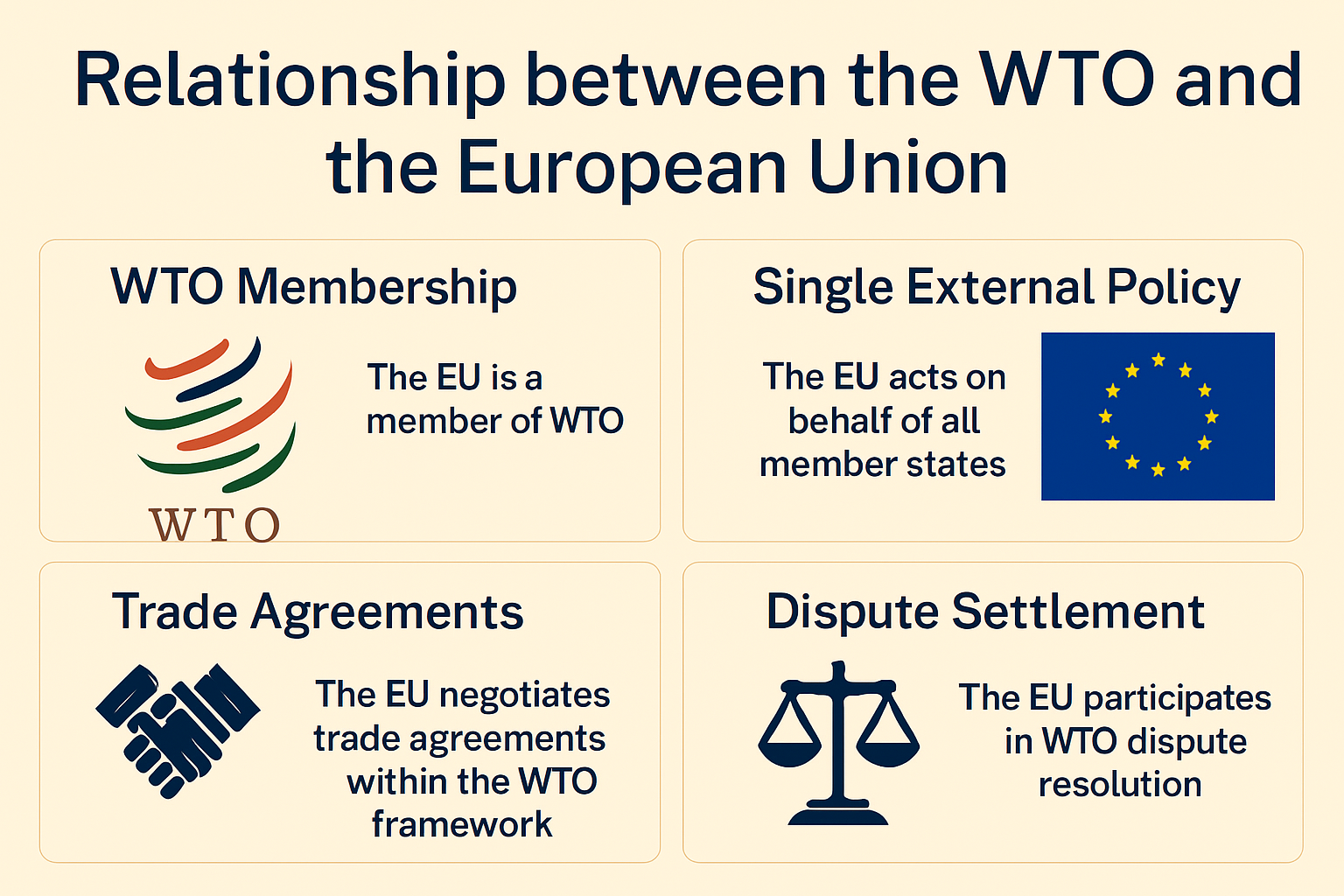


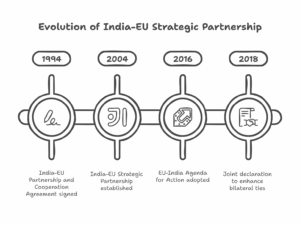

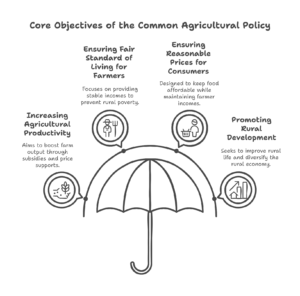
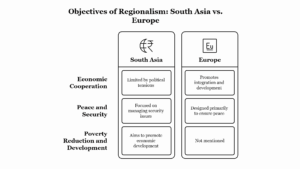
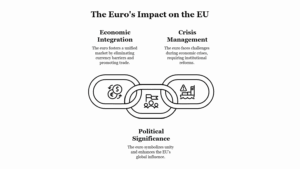
Leave a Reply